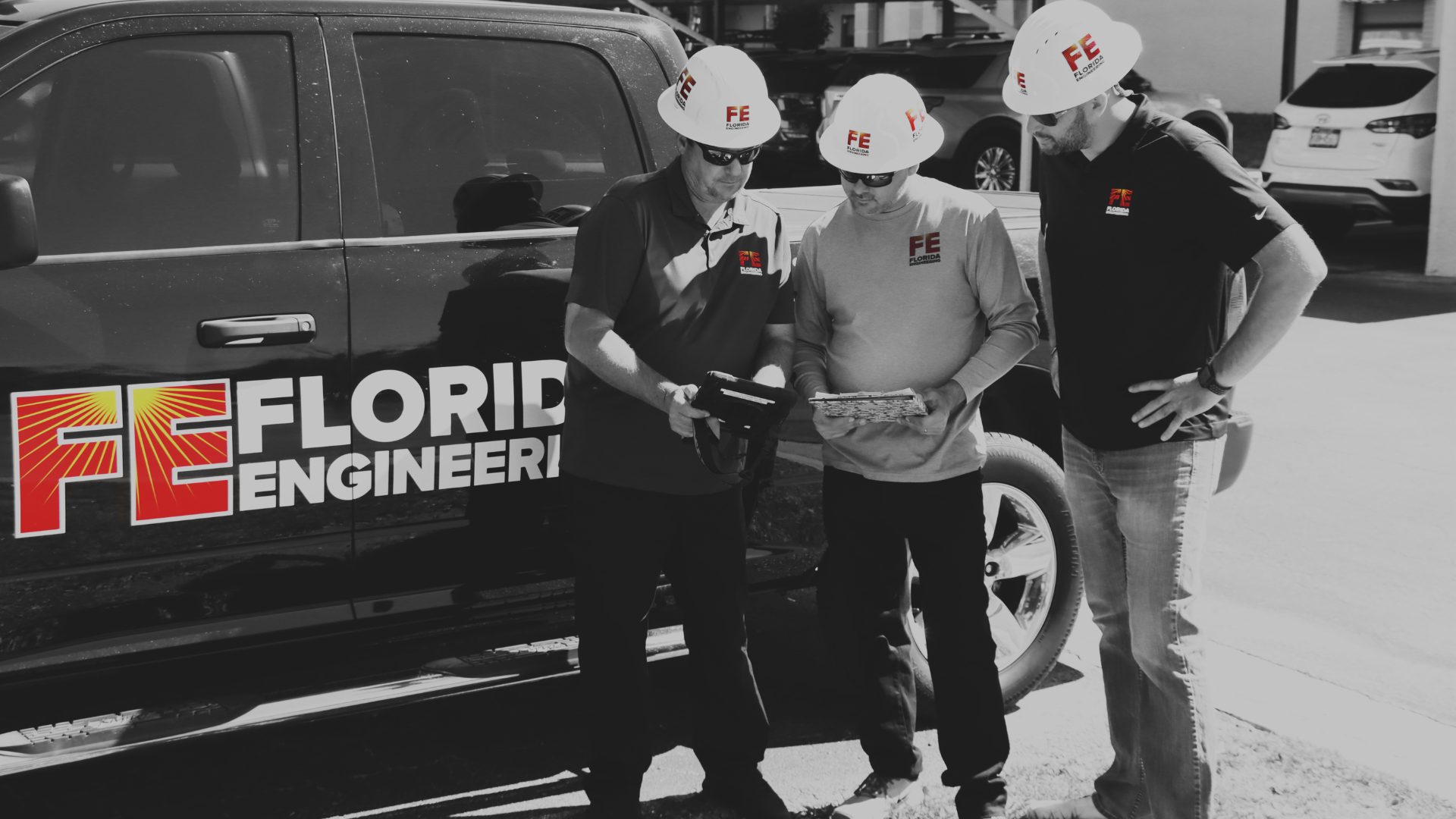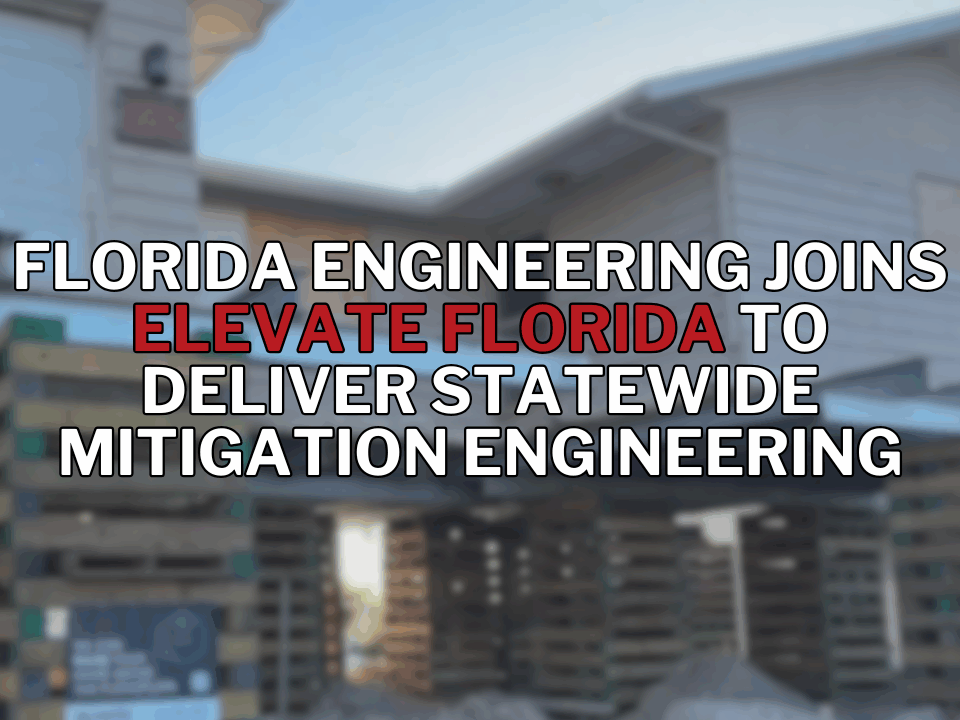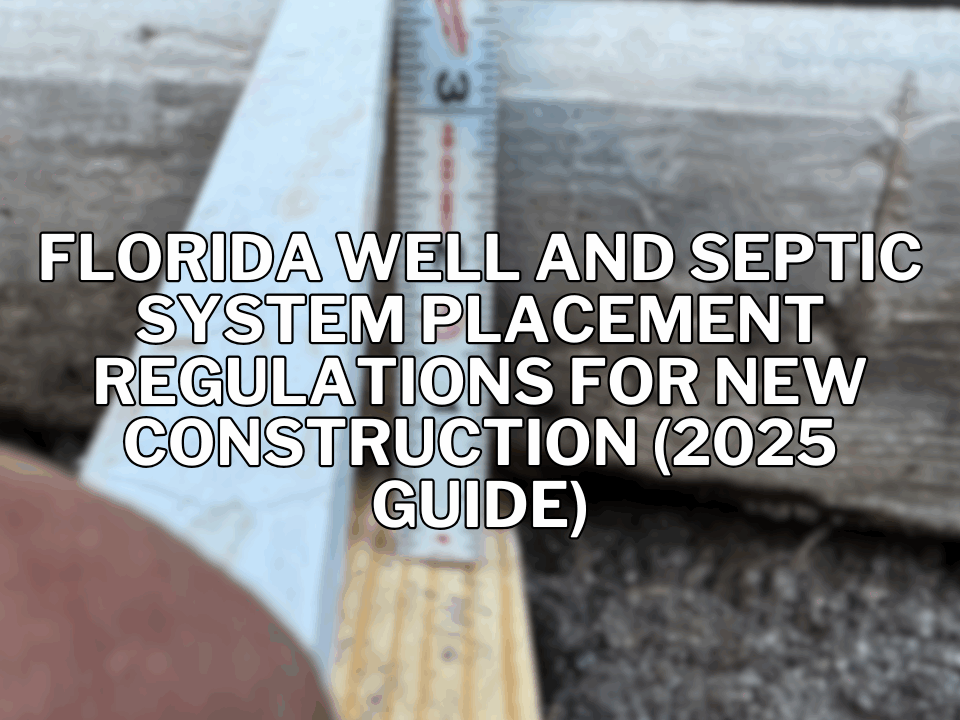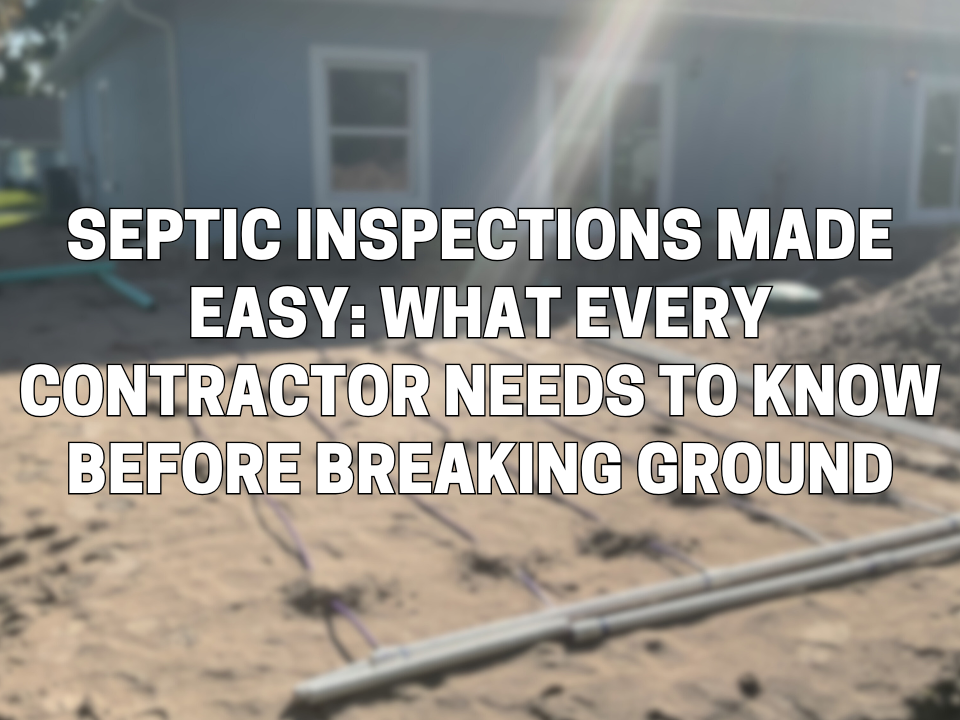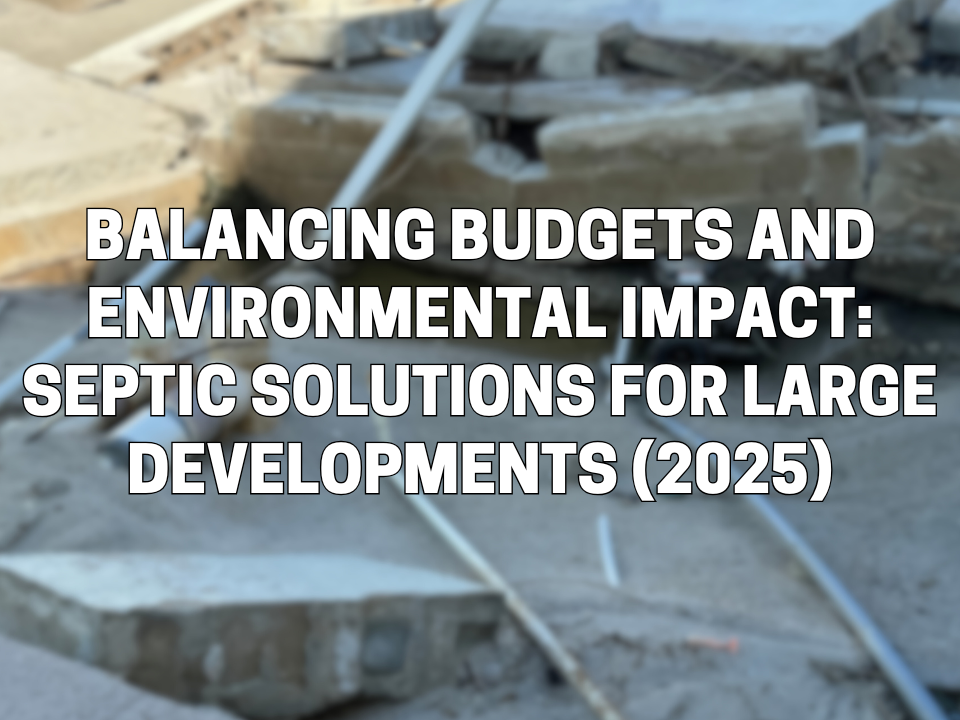A well-designed septic system does more than just manage wastewater—it can significantly enhance a property’s value, usability, and appeal. Whether you’re working on a residential development, commercial project, or rural property, choosing the right septic design ensures compliance with environmental regulations while maximizing land value.
This guide explores how strategic septic system design benefits contractors, improves property resale potential, and integrates modern wastewater technologies. Plus, we’ll share success stories that prove the long-term benefits of investing in the right septic solution.
How a Well-Designed Septic System Enhances Property Value
For many properties, especially those in rural or off-grid locations, a properly installed septic system is not just a necessity—it’s a selling point. Here’s how the right design adds value:
1. Expanding Usable Land
An efficient septic layout maximizes available space for structures, landscaping, and future development. Poorly planned systems can waste prime real estate and limit expansion options.
2. Increasing Property Appeal and Resale Value
Buyers are more willing to invest in a property with a reliable, high-performance septic system. A modern design with lower maintenance costs and higher efficiency is a key selling point.
3. Reducing Long-Term Costs
Proper planning prevents costly repairs and system failures. A well-designed septic system reduces the risk of backups, contamination, and regulatory fines, making the property more attractive to future buyers.
4. Enhancing Environmental Sustainability
Eco-friendly septic solutions, such as aerobic treatment units (ATUs) and advanced filtration systems, improve groundwater quality and align with green-building initiatives—further increasing marketability.
Balancing Environmental Regulations with Development Goals
Septic systems are subject to local, state, and federal regulations designed to protect water sources and public health. Contractors must strike a balance between regulatory compliance and project objectives.
Key Compliance Considerations:
- Soil & Percolation Testing: Ensuring soil conditions can support the chosen septic system.
- Setback & Drainage Requirements: Maintaining proper distances from wells, water bodies, and property lines.
- Permit & Inspection Processes: Following state-mandated approval procedures to avoid fines and delays.
In Florida, the SB 4-D legislation outlines strict structural and environmental guidelines for property development, emphasizing the importance of strategic septic planning. Working with a knowledgeable engineering firm can help contractors navigate these requirements efficiently.
Modern Septic Technologies: When to Consider Them
Choosing the right septic system depends on soil type, water table level, property layout, and local regulations. Here are some of the most effective modern solutions:
1. Mound Systems (For High Water Table Areas)
- Ideal for locations where traditional drain fields are not feasible.
- Elevates the leach field to prevent groundwater contamination.
- Increases land usability in flood-prone areas.
2. Aerobic Treatment Units (ATUs) (For Small Lots & High-Use Properties)
- Uses oxygen to break down waste more efficiently than conventional septic systems.
- Produces cleaner effluent, reducing environmental impact.
- Suitable for properties near water bodies with strict discharge regulations.
3. Drip Irrigation Septic Systems (For Sustainable Landscaping)*
- Distributes treated wastewater to irrigate landscaping or agricultural areas.
- Reduces water waste and enhances property aesthetics.
- Meets sustainability goals while maintaining regulatory compliance.
Success Stories: How Smart Septic Design Adds Long-Term Value
Case Study #1: High-End Waterfront Development (Naples, FL)
A luxury home development faced challenges due to its proximity to a protected waterway. By integrating advanced ATUs and drip irrigation septic systems, engineers ensured compliance while adding landscape irrigation benefits. The result? Higher property values and a competitive market advantage.
Case Study #2: Rural Commercial Project Expansion (Ocala, FL)
A contractor needed to expand a commercial property but was limited by soil constraints. A mound system allowed for a compliant, efficient wastewater solution without reducing buildable land—allowing the project to move forward profitably.
Case Study #3: Small Lot Subdivision Maximization (Tampa, FL)
Infill development in Tampa required a space-saving septic system to accommodate multiple units on a compact site. Aerobic treatment units (ATUs) made high-density development feasible while keeping environmental impact low. The developer sold units faster due to reduced maintenance costs and eco-friendly appeal.
Florida Engineering LLC: Your Trusted Septic Design Partner
A successful septic system isn’t just about installation—it’s about engineering the right solution for long-term value. Florida Engineering LLC specializes in septic design that maximizes land use, meets regulatory requirements, and enhances property appeal.
Why Choose Florida Engineering LLC?
Expertise in Florida’s evolving environmental regulations.
Innovative septic solutions tailored to project goals.
Proven track record of maximizing property value.
Need a septic design that adds value to your project? Contact Florida Engineering LLC today for expert consultation.
Contact Us – Septic Engineering Near You – Florida’s Top Civil Septic Engineer
- Phone: 941-391-5980
- Email: contact@fleng.com
- Address: 4161 Tamiami Trail, Suite 101, Port Charlotte, FL 33952
Connect With Us
Related Services

